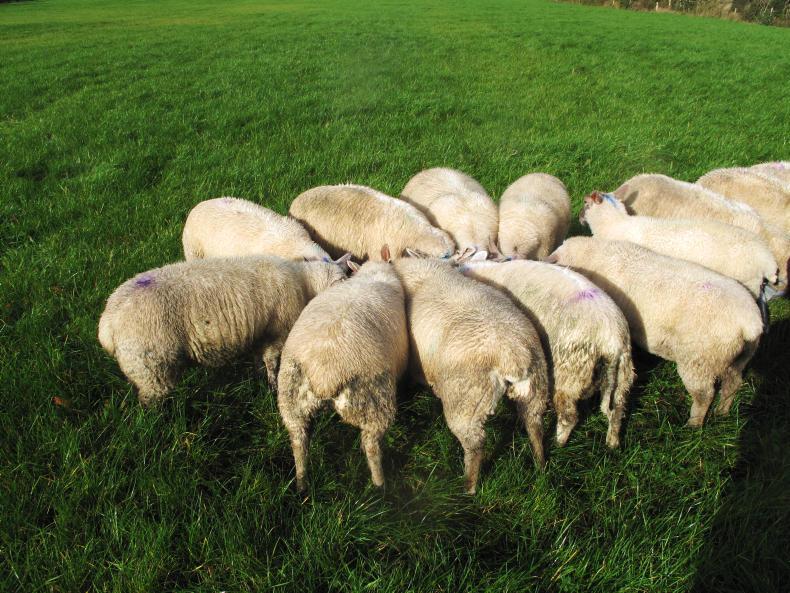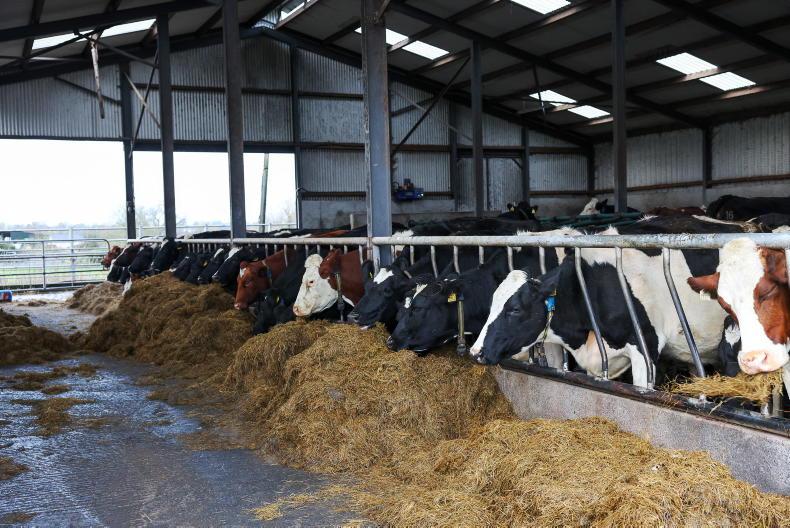Maximising returns
With the lamb price falling in recent weeks, the aim for many producers is to carry lambs to higher weights to maximise sale value. These decisions should take into account the volume of grass present on farms, with priority now switching to breeding ewes. There will still be a good return from meal feeding, even with the higher cost, but it is important to feed concentrates to the animals that will deliver the best response. For example, ram lambs will achieve higher performance and can be fed higher levels to prioritise moving off the farm and reduce grass demand. Be careful when feeding higher volumes of meal to ewe lambs, as these have a greater risk of going overfat.
Sheep welfare scheme
The option of mineral supplementation of ewes post-breeding is one the most common measures selected in the sheep welfare scheme, with the other being ultrasound pregnancy scanning. The supplementation programme selected must ensure that the products, or combination of products used (eg bolus, drenches, buckets), provide supplementation for at least 60 days post-breeding. Products must detail on their label the recommended level of supplementation per animal and the duration of cover that these will give. The date at which breeding commences is the date rams are joined with ewes. Where there is a split in the breeding season for different batches of ewes, this should be recorded in the scheme recording book. Receipts of products used must also be retained.
Hill-breeding strategies
While early for some hill flock enterprises, it is a good time to be starting to think about this year’s breeding strategy and getting ewes in the correct body condition score for breeding. The breeding programme will be influenced by the land type being farmed, with pure breeding programmes most likely on more difficult terrain – while there is an option of crossbreeding or a proportion of crossbreeding on farms with access to better-quality pasture. The level of crossbreeding possible will be influenced by the flock’s replacement rate and average litter size. Teagasc experience through its BETTER farm sheep programme shows possible crossbreeding strategies in Table 1.
These are based on litter size and generating enough flock replacements for a replacement rate of 24%, with an allowance of 10% built in for selection. The litter size of the Scottish Blackface breed is most responsive to having ewes at the optimum body condition score (BCS3) and liveweight at time of joining to rams. This will also deliver benefits in reducing the barren rate and tightening the lambing spread. Therefore, it is important to handle ewes and segregate ewes falling behind condition for preferential treatment.









SHARING OPTIONS